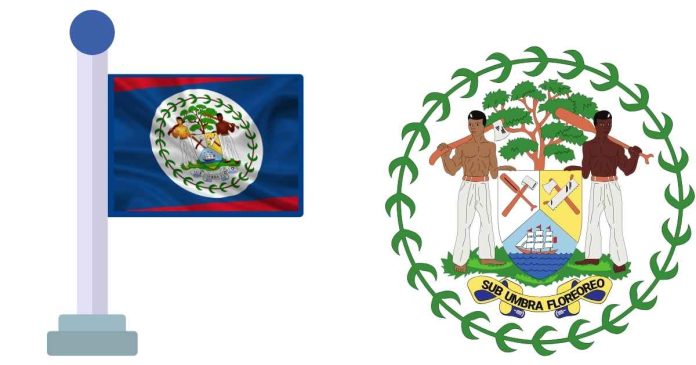Pre-1970: Belize City as the Capital
Before the shift to Belmopan, Belize City had served as the capital of British Honduras (the name of Belize during colonial times) since the early 19th century. Belize City was a vital port and trade center due to its location on the coast. However, its position left it vulnerable to tropical storms and hurricanes, which posed a major risk to the city and its infrastructure.
The Impact of Hurricane Hattie (1961)
The turning point came in October 1961 when Hurricane Hattie, a devastating storm, hit Belize City with catastrophic force. The hurricane caused widespread destruction, especially in the capital. Large portions of the city were devastated, and many homes, businesses, and government buildings were either damaged or destroyed. The loss of life and the extent of the damage highlighted the need to rethink the capital’s location.
Decision to Relocate the Capital
Following the disaster, the government of British Honduras began considering alternatives to relocate the capital. It was recognized that a new capital should be positioned away from the coastline to avoid the risks posed by future hurricanes. Additionally, a central location would make it more accessible to people from different parts of the country.
After a series of deliberations and site surveys, the government decided on a new location for the capital, which would be further inland, on a plateau near the village of Roaring Creek, about 50 miles west of Belize City.
The Creation of Belmopan
The decision to establish Belmopan as the new capital was formally made in 1967, with the government’s establishment of the Belmopan Development Corporation to oversee the city’s planning and construction. The location was chosen for its geographic safety, with a central position that allowed for easier access to the rest of the country.
Official Change in 1970
Belmopan officially became the capital of Belize on January 1, 1970. At that time, the city was still in its early stages of development, with only a few government buildings and basic infrastructure. It was essentially a “planned” city, designed to be modern and functional, but still relatively small compared to Belize City.
The relocation to Belmopan was part of a broader vision for a new, more secure, and stable future for the country, especially following the devastation of Hurricane Hattie. Over the years, Belmopan has grown and developed into the administrative and political center of Belize.
Significance of the Move
The relocation of the capital was a symbolic step in the country’s development as it moved away from the colonial past (when the capital had been Belize City) and toward greater self-determination. It also marked a transition from British Honduras to the modern state of Belize. In 1981, Belize gained independence from the United Kingdom, and Belmopan remained the capital of the newly independent nation.
Modern Belmopan
Today, Belmopan is a small but important city, serving as the administrative heart of Belize. The city houses government buildings, the National Assembly, and the office of the Prime Minister. It also acts as the focal point for the nation’s civil service. Although it is not as large or economically significant as Belize City, Belmopan’s role as the capital continues to be central to the governance of Belize.
In summary, Belmopan became the capital of Belize in 1970 after Hurricane Hattie destroyed Belize City in 1961, prompting the government to move the capital to a safer, more central location.


